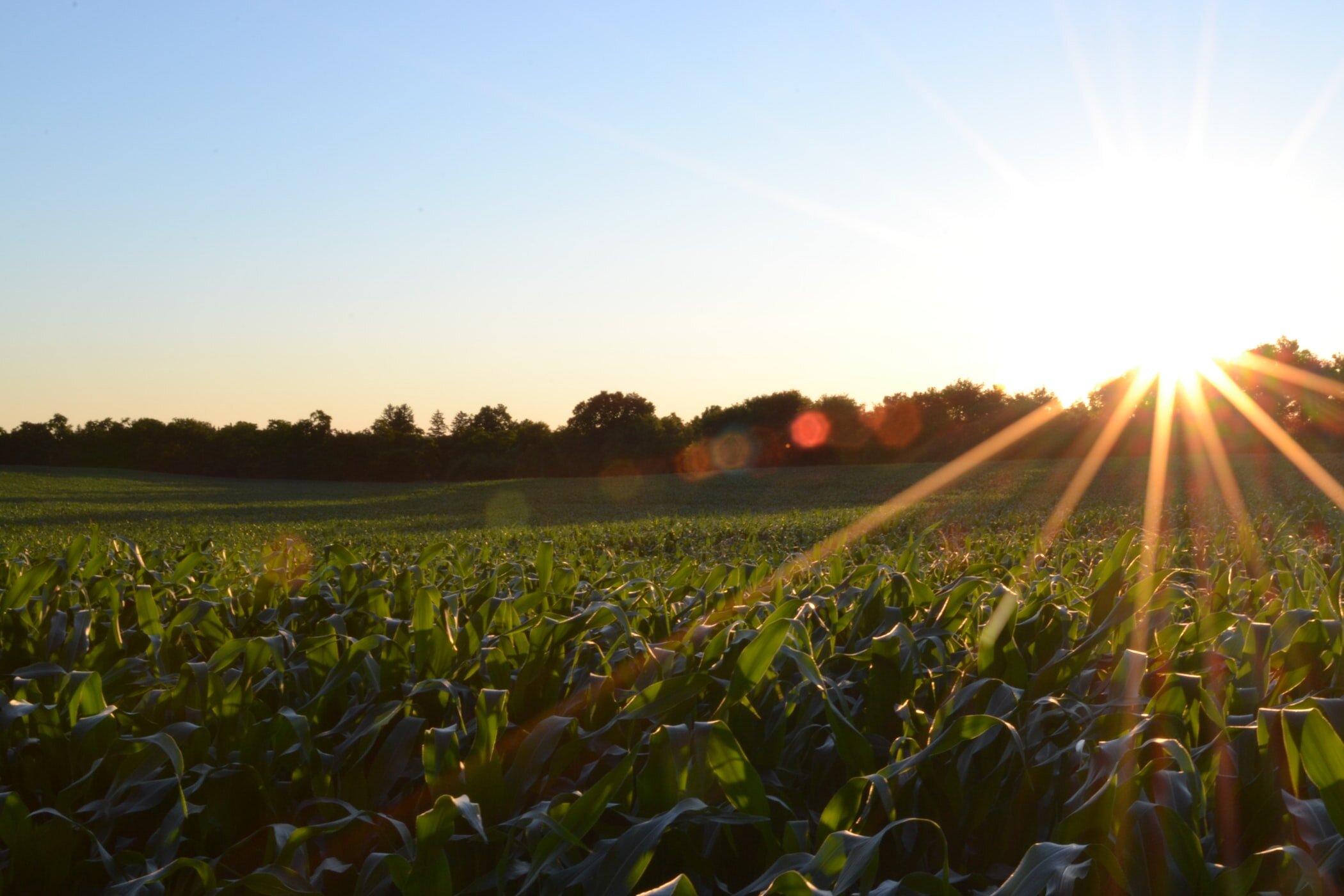By: Taygan Mullins
In 2018, researchers from the US Department of Agriculture found that approximately 14.3 million American households suffered from food insecurity at some point during the year, meaning that at least one person from each household was forced to go without enough food due to financial constraints.[i] In addition, over one-third of households falling under the federal poverty line experienced recurring periods of food insecurity, resulting in either smaller portions or skipped meals for one or more members per household.[ii] Fortunately, the USDA administers the Supplement Nutrition Assistance Program (SNAP), along with other initiatives, to alleviate some of the food insecurity issues faced by less affluent American families.[iii] With the passage of the 2018 Farm Bill last December, the USDA has taken another step towards fighting hunger by expanding the Food Insecurity Nutrition Incentive (FINI), a subdivision of SNAP that provides financial incentives for nonprofits and government agencies that increase the number of fruits and vegetables purchased by families receiving SNAP benefits.[iv]
Passed every five years, Farm Bill allows Congress to set national policy for agriculture, forestry, nutrition, and conservation.[v] While every iteration of the bill contains provisions that deal with SNAP and food access, the 2018 Farm Bill is the first to make FINI permanent and provide guaranteed funding for the program in subsequent Farm Bills.[vi] As a result, the USDA has proved that it is taking affirmative steps to curb issues that affect millions of Americans.[vii] Many food accessibility advocacy groups, such as Wholesome Wave, applauded the new program, particularly the promise to increase funding for FINI incrementally over the next ten years.[viii]
Unfortunately, food insecurity is a problem that is global in scale. In Europe, for example, research by the Food and Agriculture Organization of the United Nations[ix] has shown that 14 million people suffer from severe food insecurity, making severe hunger a recurring aspect of their lives.[x] The European Union has taken a markedly different approach to tackling food shortages and hunger, however.[xi] Efforts to promote food security and public access to nutritious meals are largely led by NGOs such as the European Federation of Food Banks (FEBA), or EuroChild .[xii] Rather than provide cash incentives to producers or agencies, the European systems focus on advising, funding, and providing logistical support to existing food banks, while also working to establish new ones in needy areas.[xiii] The assistance provided by FEBA can include anything from installing new refrigeration systems to sending additional support staff wherever they are needed.[xiv]
The key differences between the American and European systems lies in the allocation of resources. While food banks and NGOs are still common in the US, more emphasis is placed on providing financial incentives to producers to make their products available through programs such as SNAP; Woman, Infants, and Children (WIC); and the National School Lunch Program (NSLP).[xv] The European focus, on the other hand, is on promoting access to food via the support of food banks, often encouraging producers to donate any excess products to local organizations.[xvi] While both of these approaches focus on different aspects of the issue and how best to approach it, they both seem to be effective. The percentage of American households without reliable access to food has dropped from 11.8% to 11.1% in only one year, largely thanks to government initiatives.[xvii] European programs have seen similar successes, with the rate of food insecurity falling slightly each year.[xviii]
For the U.S., a combination of these two approaches may be the most beneficial. While SNAP, FINI, WIC, and other government initiatives have done a great deal to alleviate hunger, the implementation of the European system of food banks may help to bridge the gap for those families that need even more assistance. Providing financial incentives to producers and nonprofits will undoubtedly help families that are already receiving SNAP benefits, but placing a greater emphasis on improving food banks will go a long way towards ensuring that every American has reliable access to food.
[i] Coleman-Jensen et al., Household Food Security in the United States, United Stated Department of Agric. (Sept. 2019) https://www.ers.usda.gov/publications/pub-details/?pubid=94848.
[ii] Id. at 14.
[iii] Silvia Dumitrescu, Food Security 102: What Is Being Done To Reduce Global Food Insecurity?, Int’l Food Info. Council Found. (Dec. 9, 2016) https://foodinsight.org/food-security-102-what-is-being-done-to-reduce-global-food-insecurity/.
[iv] The Gus Schumacher Nutrition Incentive Program, Nat’l Sustainable Agric. Coal. (last updated May 2019), https://sustainableagriculture.net/publications/grassrootsguide/local-food-systems-rural-development/food-insecurity-nutrition-incentives/#basics.
[v] 2018 Farm Bill, United States Senate Comm. on Agric., Nutrition, & Forestry https://www.agriculture.senate.gov/2018-farm-bill.
[vi] A Closer Look at the 2018 Farm Bill: Gus Schumacher Nutrition Incentive Program, Nat’l Sustainable Agric. Coal. (Jan. 24, 2019), https://sustainableagriculture.net/blog/closer-look-2018-farm-bill-fini/.
[vii] See id.
[viii] Our Take on the 2018 Farm Bill Draft, Wholesome Wave (May 1, 2018), https://www.wholesomewave.org/news/our-take-2018-farm-bill-draft.
[ix] The State of Food Security in Europe and Central Asia, Food and Agric. Org. of the United Nations (2017), http://www.fao.org/3/a-i8194e.pdf.
[x] New FAO report reveals food insecurity, nutrition problems in Europe and Central Asia, Food and Agric. Org. of the United Nations (Dec. 4, 2017), http://www.fao.org/news/story/en/item/1070746/icode/.
[xi] Dumitrescu, supra note iii.
[xii] What We Do – Activities and Impact, European Food Banks Fed’n, https://www.eurofoodbank.org/en/impact-and-beneficiaries.
[xiii] Id.
[xiv] What We Do – Developing Food Banks, European Food Banks Fed’n https://www.eurofoodbank.org/en/development-projects.
[xv] Food Insecurity, Healthy People, https://www.healthypeople.gov/2020/topics-objectives/topic/social-determinants-health/interventions-resources/food-insecurity.
[xvi] Dumitrescu, supra note iii.
[xvii] Coleman-Jensen et al, supra note i.
[xviii] The State of Food Security, supra note ix.


